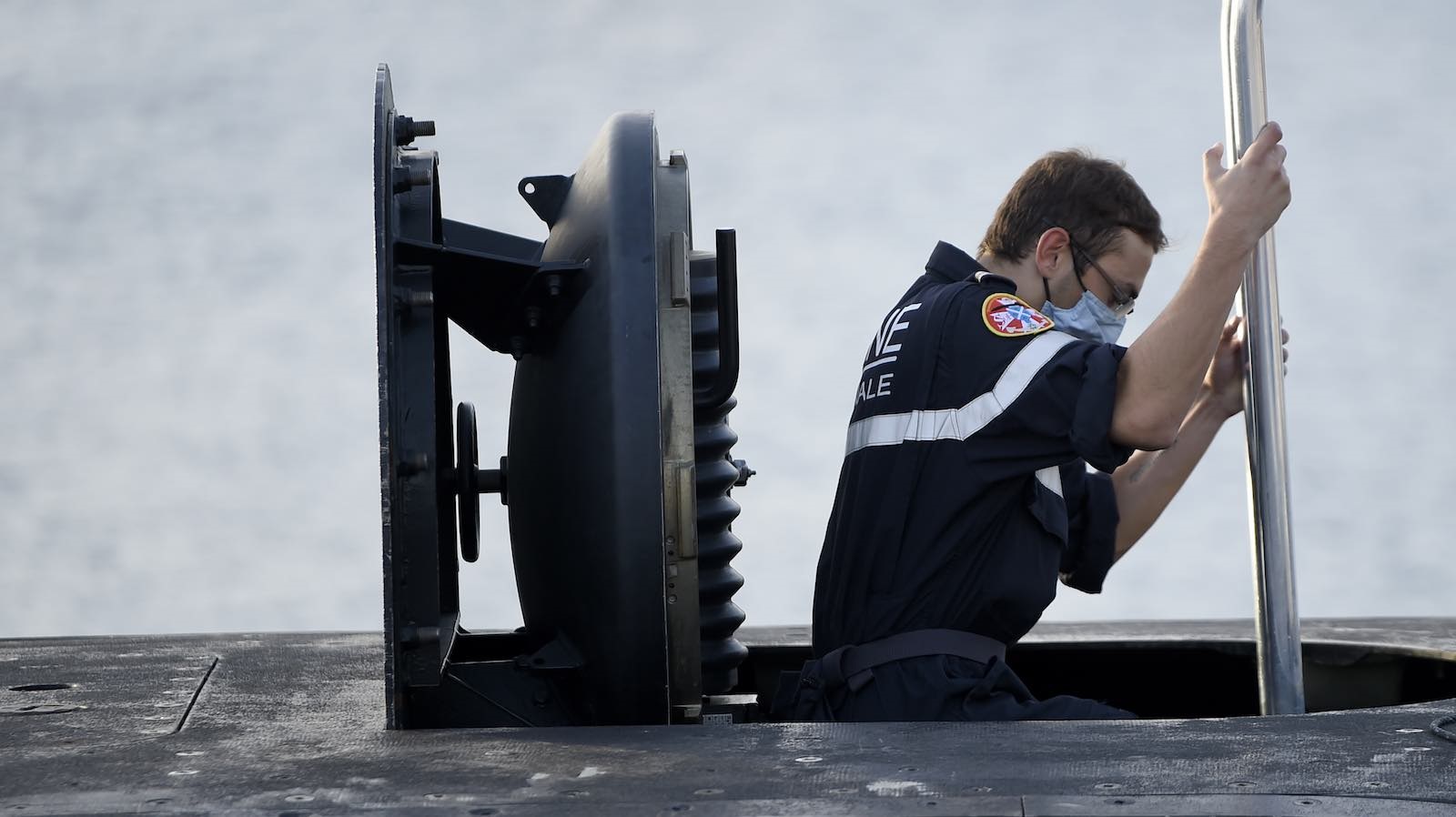FWIU, Naval nuclear reactors use a material that is special fissionable material, and as such is subject to the NPF Treaty.
Australia ran its HIFAR reactor on highly enriched uranium, straight from the UK and US weapon line.

en.wikipedia.org
All US-origin highly enriched uranium has now been removed from Australia and returned to the USA, the US National Nuclear Security Administration has announced. ;
world-nuclear-news.org
These weren't sealed in reactors that could not be opened. But just regular fuel rods.
Shipping HEU to Australia in a submarine reactor doesn't really change anything from pre 2009. Arguably its safer.
The UK also recently shipped back nearly 700kg of HEU to the US as part of a 2016 agreement, not the NPF.
The Nuclear Decommissioning Authority and US Department of Energy’s National Nuclear Security Administration (NNSA) have completed the transfer of around 700kg of highly enriched uranium (HEU) from Dounreay, in the north of Scotland, to the US.

www.gov.uk
There is still 140tonnes of Plutonium in the UK awaiting disposal. Some 70 billion pounds to clean up the stellafield site.
The policy failures behind the upbeat headlines.

theconversation.com
I agree the wording of the NPT is interesting.
However, not sure who is going to push the issue against Australia. I don't imagine the UK or the US is going to. Or any ally thereof.
Things like nuclear weapons sharing agreements would seem to be against the NPT too. But there are ways around it, they say its still an american weapon just in Australia. They can say the same thing about the reactor fuel, its American, its just being kept very safe in an Australian submarine. Or that it isn't a special nuclear weapon source, just good olde reactor fuel, as it is.
Of course some other country could push against AUKUS. Maybe Australia has some wild card it can play. Like perhaps it was already a nuclear state before 1967 and has evidence it keeps to that effect, which could just be a letter or something. Or it was still technically part of the UK until 1986 and therefore inherits the UK nuclear state status.
Or perhaps Australia/US just breaks the NPT. If someone wants to apply sanctions to the United States for breaking the NPT (as it would be the US for giving Australia, not Australia receiving it) good luck!.
Escalating Australia to a nuclear weapons state to try an prevent it having conventionally armed nuclear powered submarines would be IMO quite a miss-step by those who oppose the AUKUS will.
Even the US and the UK took active steps to ensure Australia didn't become an independent nuclear weapons state. Australia even has a whole lot of ideas about how it would use nuclear weapons, in a post nuclear exchange world.
See
Philip Baxter - Wikipedia, and his idea about using nuclear weapons to protect Australia, post apocalypse, from Northern Hemisphere refugees.
The whole AUKUS subs ties into the US nuclear umbrella.
Australia and the UK would likely be co-funding, perhaps indirectly the US nuclear high enrichment line. After all nuclear powered war ships, powered by highly enriched fuels, subsidies the weapon line operation and its size. Effectively they tap some of the future nuclear apocalypse for locomotion. The US could not reasonably keep a large refinement line operational if it wasn't funded and found a useful regular peaceful purpose.






